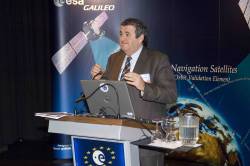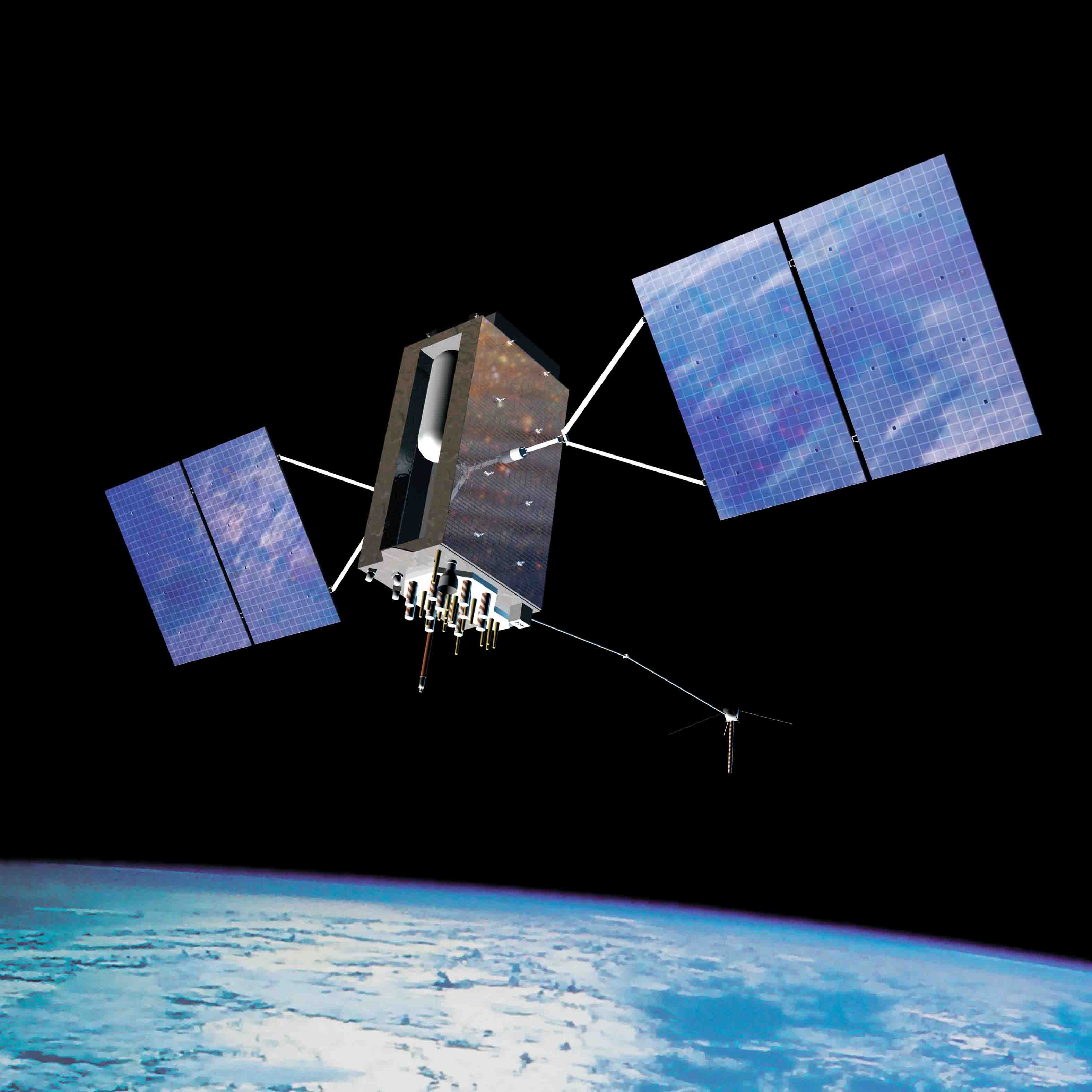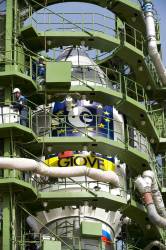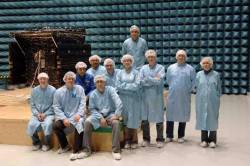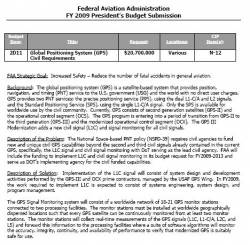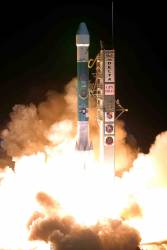Lost in the Noise: The Need for Longterm Infrastructure Development
You know how people talk louder when asking something of a person who doesn’t speak their language? (As if the failure to communicate is a simply matter of volume and not frequency or modulation.)
So, here we are in the GNSS world: a community that depends on radio waves so faint they might as well be Atlantic Ocean breakers rippling up on the Florida beach when a Daytona car race is roaring in the background.
Lost in the noise.
You know how people talk louder when asking something of a person who doesn’t speak their language? (As if the failure to communicate is a simply matter of volume and not frequency or modulation.)
So, here we are in the GNSS world: a community that depends on radio waves so faint they might as well be Atlantic Ocean breakers rippling up on the Florida beach when a Daytona car race is roaring in the background.
Lost in the noise.
From time to time, that has stood in as a metaphor for the U.S. GPS program, and it could be a permanent description of the state of our national public infrastructure — deferred maintenance.
Inadequate investment is nothing less than not-so-benign neglect. The road to second-class status.
Designing an industrial policy and restoring the U.S. industrial base isn’t a short-term project. If we think of longitudinal time as the RF spectrum of history, infrastructure development requires lots of bandwidth. It took us a decade to agree on launching a GPS III program and it’ll take us another decade to roll it out. Infrastructure is implicitly a long-lead item, and driving the process forward requires sustained human will, expertise, and vision.
Recently, I asked Craig Cooning, vice president and general manager of Boeing Space and Intelligence Systems, about the state of public investment and planning to maintain an industrial base. Cooning mentioned the Office of the Deputy Under Secretary of Defense for Industrial Policy (ODUSD-IP) and observed that he hadn’t seen much involvement by that office lately.
“I don’t know what accounts for that,” Cooning added, “but I think it’s something to turn the gain up on.”
The ODUSD-IP mission “is to sustain an environment that ensures the industrial base on which the De-partment of Defense (DoD) depends is reliable, cost-effective, and sufficient to meet DoD requirements.” An admirable national goal, especially if we broaden the focus to the wider economy.
We tend to think of infrastructure as bricks and mortar, steel and concrete, satellites and ground control. But it also includes social systems such as education and health care. If we neglect to teach and heal, we lose national capability just as surely as when a power line falls down or GPS goes off the air.
Good infrastructure pays back an investment many times over, but infrastructure itself isn’t free and, as Europe discovered with the Galileo program, it doesn’t really fit within the usual financial planning timelines of private industry.
After Boeing lost its bid for the GPS III contract, the company laid off around 700 development engineers — not to be confused with production engineers. Both kinds of engineering skills are needed to produce a complex system such as GNSS. But development engineers come up with the imaginative designs, challenge the paradigms, take the innovations for a spin around the block.
They must create something from nothing and, when a contract eludes them, that’s what their employers are often left with — nothing.
And there’s only so long a company can stay in business earning nothing . . .
This is not, however, a defense of bailouts or a plea for larger outlays for military programs. It is a plea for more comprehensive planning, good judgment in choosing among alternatives, prudent investment, and staying the course in matters of sustaining the U.S. industrial base.
Given this situation, the long-running dialog on creating a rational and comprehensive National Positioning, Navigation, and Timing (PNT) Architecture with a 20-year horizon comes as a welcome relief.
Of course, it remains to be seen whether the overarching and somewhat abstract vision can be converted into programs, timelines, and budgets — in short, into a PNT industrial plan and policy. PNT systems are not, after all, just technologies; they are also political turfs, and totems, and talismans.
But the intention is good and the experience just a foretaste of what would be in store if the United States actually got serious about creating an industrial policy.
By

